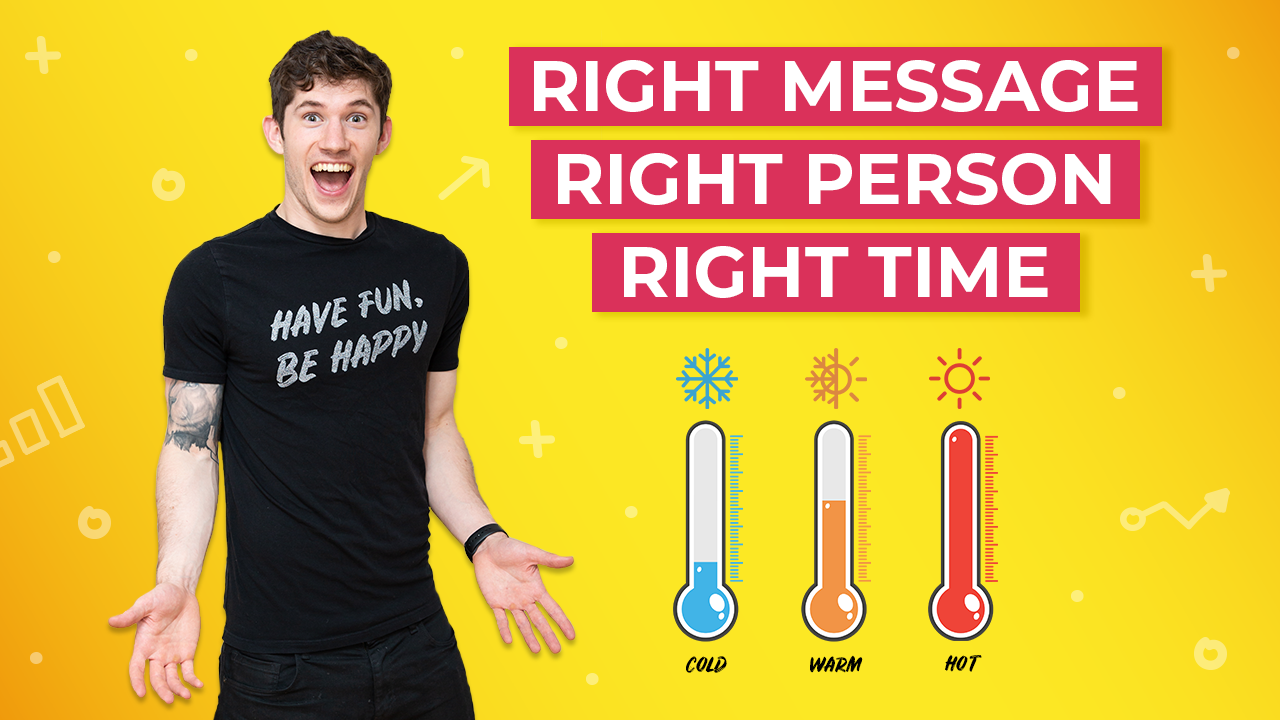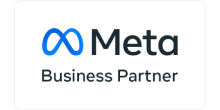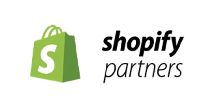I’m going to walk you through the three types of people that you need to be focusing on when it comes to your marketing and your advertising.
We’re going to focus on communication and the three types of audience you need to think about whenever you’re communicating with your audiences, whether that’s your advertising, marketing, or your content.
Avoid this mistake…
When it comes to Facebook ad targeting, it works much the same as real life…
Think about the way you speak to your mum or your dad, different to the way that you speak to someone the first time you meet them at a conference, right?
We each have different groups of people, and different relationships with those people in our audiences and we have to communicate with them accordingly.
Too often, I see businesses take a ‘one size fits all’ approach and try and communicate in one style, giving one message to everybody.
But what we don’t realise is that people on the other end of our marketing and our communications are real people, and we all want to be communicated to in a way that’s relevant to us. So, when we try and communicate with everybody in one way, it doesn’t work.
One message to all just means one message to nobody.
Different methods of communication for different groups of people
In order to see real success with our advertising, we need to communicate to people based on the relationship that they have with us, and the easiest way for me to break this down is to break it into three different audiences… cold audiences, warm audiences, and hot audiences.
Cold audiences
These are people who don’t know who we are. They’ve never heard of us, and quite frankly, they don’t care who we are or what we have to say.
It could also be people who aren’t really aware that they have a problem to which we provide the solution.
This group of people are the majority.
Warm audiences
These are people that have shown some sort of intent to finding a solution to the problem they have, and that’s a solution that we provide.
They have shown some sort of way of knowing who we are. That might mean they’ve watched a video, read a blog, visited our website or maybe engaged with us on Instagram.
There’s a little bit of a relationship already established with the audience. This is the next largest audience group.
Hot audiences
These are the people that have shown intent to find the solution that we provide, and they know who we are.
Hopefully, they already know us, like us, and trust us, and they’re ready to buy. They’re ready to make that decision.
This group, albeit the more likely to convert, is the smallest of the audience groups.
Now, where most businesses are going wrong is that they’re trying to sell with one message to all three audiences at the same time. They’re trying to push a 50% off offer or send messages to buy now to their hot audience, their warm audience, and their cold audience! And it just doesn’t work.
People in the cold audience don’t know who you are, and so they’re not going to buy from you because they need to know they can trust you before they buy.
The problem is, we can’t just rely on the hot and the warm audiences because they’re not scalable. They’re bound by how many people are in that audience, how many people have visited our website, our sales page, watched our videos, etc.
Move people from one audience to the next
So what we need to do is try and find a way to bring our cold audience into our warm audience and our warm audience into our hot audience, and when we get those three things working together, we have a system and a process that works.
When we get these three things working together at a profit, then we have a scalable, predictable, and consistent business.
So how do we do that?
Well, I like to take the cold, warm and hot examples and break it into awareness, consideration, and conversion.
Awareness, consideration, and conversion
These are the three different mindset that somebody’s in when they’re in each of these categories.
So if we’re trying to get someone from our cold audience into our warm audience, we need to understand that they’re at the awareness stage. They don’t know who we are. They don’t really care.
So we have to create something that piques their interest. Typically, this is going to be a piece of content such as a blog or a video which is going to dive into a topic that’s relevant to your solution.
It’s important not to go too deep because we need think about the commitment levels that they’re willing to take, and if someone doesn’t know who we are and they don’t care, they’re not going spend half an hour with us.
They might spend two or three minutes watching a video or reading a blog, and that’s good enough.
So let’s say you’re a personal trainer. You might want to create something that’s quite generic such as 10 ways to lose weight. That brings awareness to who you are. They start to know who you are.
Hopefully, they start to like you by this point as well, but it also brings them deeper into the section because now that they’ve watched your video or been on your website to read a blog, they’re now in your warm audience. They’ve had a touch of our brand. They know who we are, but they’re not willing to buy yet.
So people in the warm audience are at the consideration stage. These people know who we are. They’re aware and now it’s about trying to get them to consider finding a solution to that problem.
So we might want to create a piece of content now that goes slightly deeper into the solution that we offer.
In the case of the personal trainer where they’ve seen top 10 ways to lose weight, we might then want to create an offer of a free diet consultation or a free diet review where we’ll jump on a call and review their diet with them.
That way, we get that person onto a phone call, and we provide them value there.
Or we might want to create a free guide that’s maybe five exercises guaranteed to burn your belly fat quickly, something that dives into a topic even deeper.
What this does is it builds authority and trust. If you’ve done a good enough job in those first two stages, this person will then be at the conversion point. They’ll be ready to buy.
They’ve considered their options. You’ve helped them through the stages, and all you need to now do is get them to go from being a lead to a customer, and we can do this in a variety of different ways: phone calls, in-person meetings, emails, text or retargeting ads.
All we’re trying to do is bring that person from going, “Okay, I’ve downloaded a guide on five ways to burn my belly fat quickly, but now, I need a little bit more help to do it, maybe some accountability.”
Building trust
So, you make that offer to that person to get them to convert into a customer. Now, if you’d just gone to that person when they didn’t know who you were and said, “Look, do you wanna become a personal training client?” they wouldn’t do it, because at that point they don’t know who you are and don’t trust you.
But because you’ve provided them value at each stage of the buying decision, by the time you make them an offer, they already know you, like you and trust you.
So I want you think about these three different audiences and how you communicate to them differently. Think about the content you post on your site or on your Facebook page. Are you looking at these three different audiences or are you only focusing on consideration, only focusing on awareness?
It’s important to get a mix of all three so you’re helping people wherever they are at the buying process. There’s more Facebook targeting hacks in this blog and if you’re still at a loss as to why your Facebook ads aren’t working, read this one: Why Your Facebook Ads Aren’t Working (And What To Do About It!)






